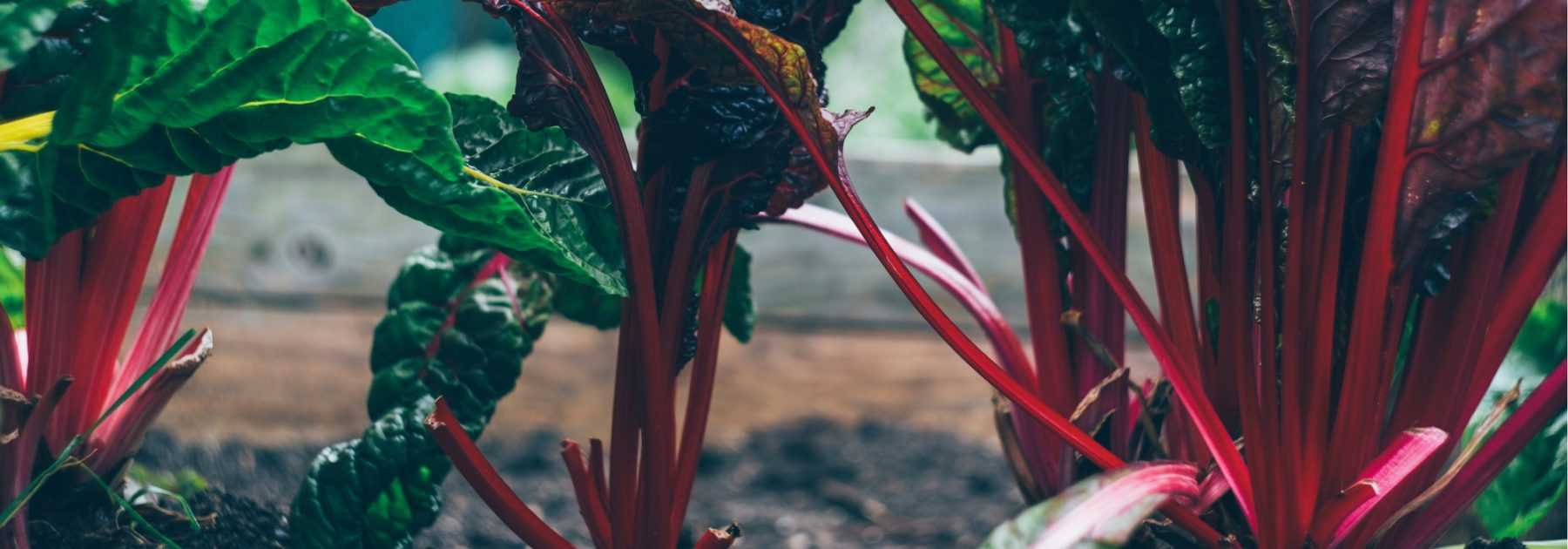
Shaded Vegetable Garden
What to Grow? Suitable Solutions and Vegetables
Contents
How to set up and grow a vegetable garden in the shade?
While deep shade poses a significant challenge for establishing a vegetable garden, it’s often possible to improve the exposure of a plot to grow fruits and vegetables. Moreover, although most vegetable plants require good sunlight, some tolerate shade perfectly well, and may even thrive better in shady conditions.
Let in the light and speed up soil warming
Before installing your vegetable garden, carefully observe your garden and identify the elements casting shadows. If these are trees or large shrubs, carry out some thinning of the branches to ensure good air circulation and allow light to pass through.
If it’s a hedge, particularly a dense, tall evergreen one, consider pruning it to reduce its obstruction of sunlight.
Next, think about positioning your growing beds correctly so they benefit from maximum sunlight.
Finally, since lack of light often coincides with delayed soil warming (which can set back planting by several weeks), create mounds or slightly raised beds to help the soil warm up more quickly in spring.
Read also
The balcony vegetable gardenGrow suitable vegetables and herbs
If you can’t harvest tomatoes, courgettes and other sun-loving vegetables, take advantage of the shade to grow vegetables that thrive there, such as:
- Summer-grown leafy greens: lettuce, chicory, watercress, rocket, spinach…
- Most herbs: parsley, mint, chives, chervil, coriander, lovage
- Stalk vegetables like rhubarb, angelica, and Swiss chard
- Soft fruits such as wild strawberries, raspberries, blackberries, blueberries…
Additionally, many vegetables like beetroot, broccoli, Brussels sprouts, and peas can grow perfectly well in partial shade, though their growth will be slower and their yield slightly reduced.
Discover other Shade-loving vegetables
View all →Available in 1 sizes
Available in 2 sizes
Available in 2 sizes
Available in 2 sizes
Available in 1 sizes
Available in 1 sizes
Available in 1 sizes
Available in 1 sizes
Available in 1 sizes
Available in 1 sizes
Discover other Shade-loving vegetables
View all →Available in 1 sizes
Available in 2 sizes
Available in 2 sizes
Available in 2 sizes
Available in 1 sizes
Available in 1 sizes
Available in 1 sizes
Available in 1 sizes
Available in 1 sizes
Available in 1 sizes
- Subscribe!
- Contents






































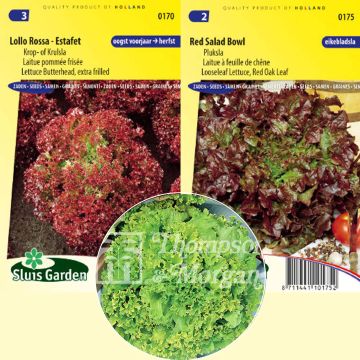
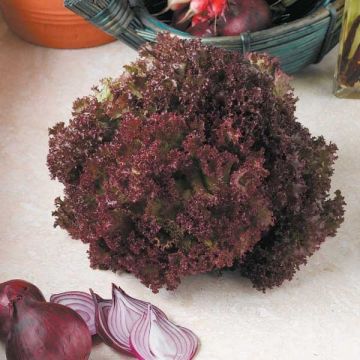
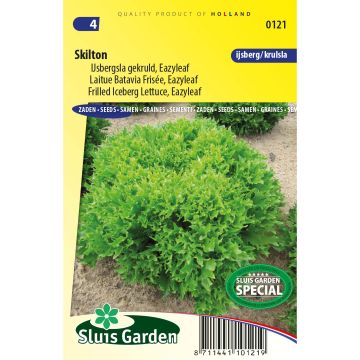
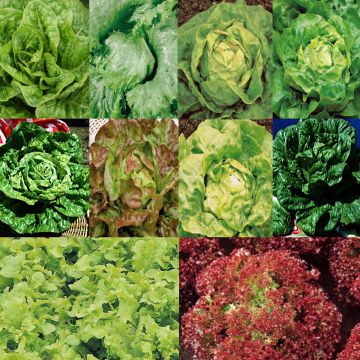
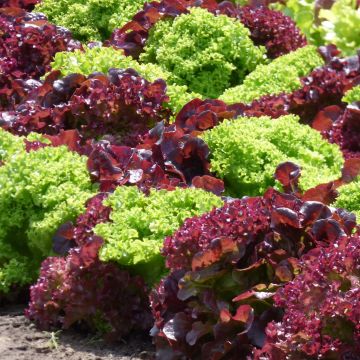
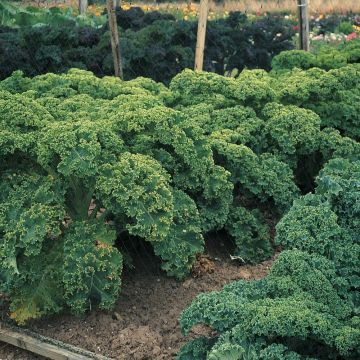
Comments